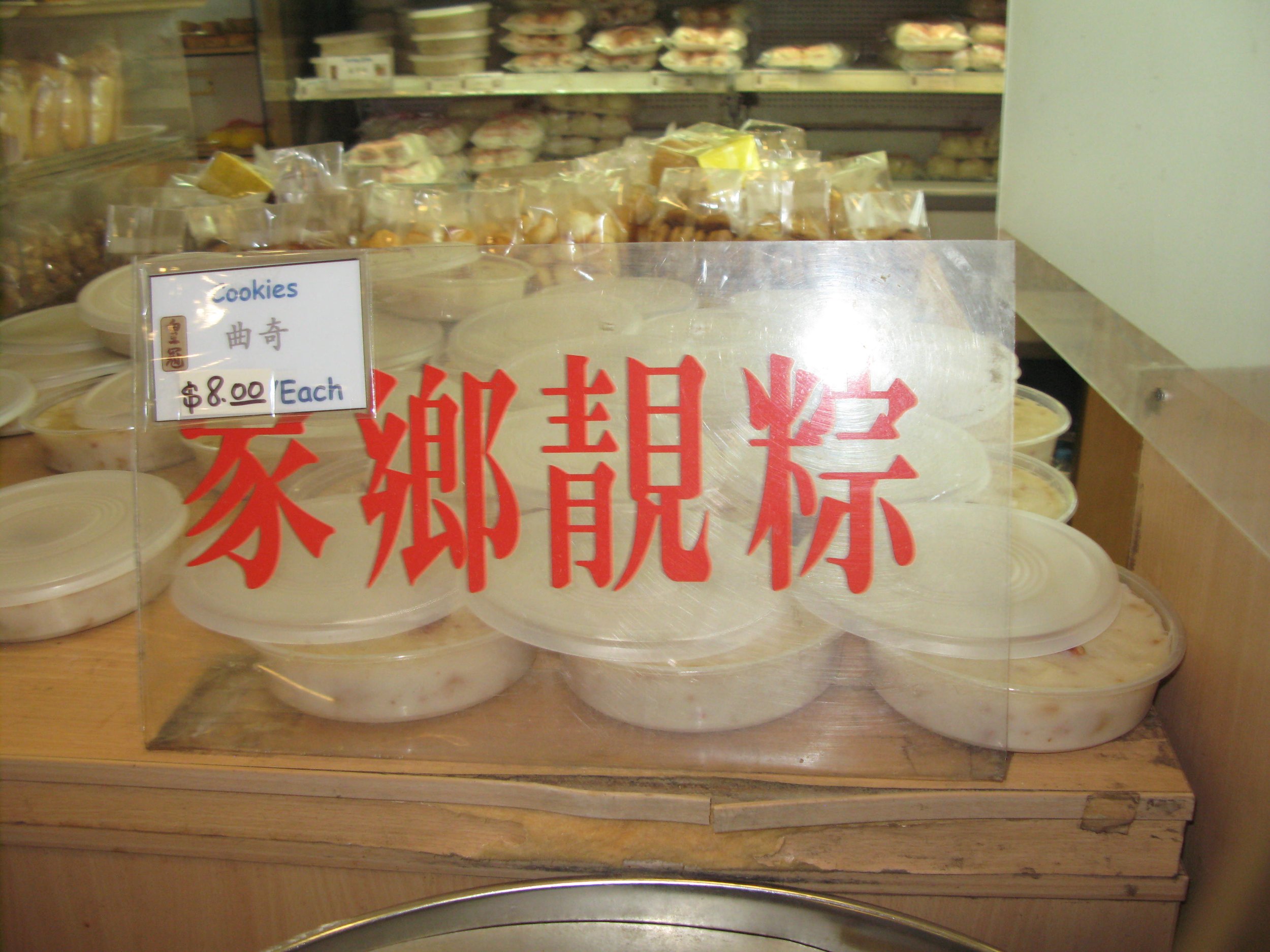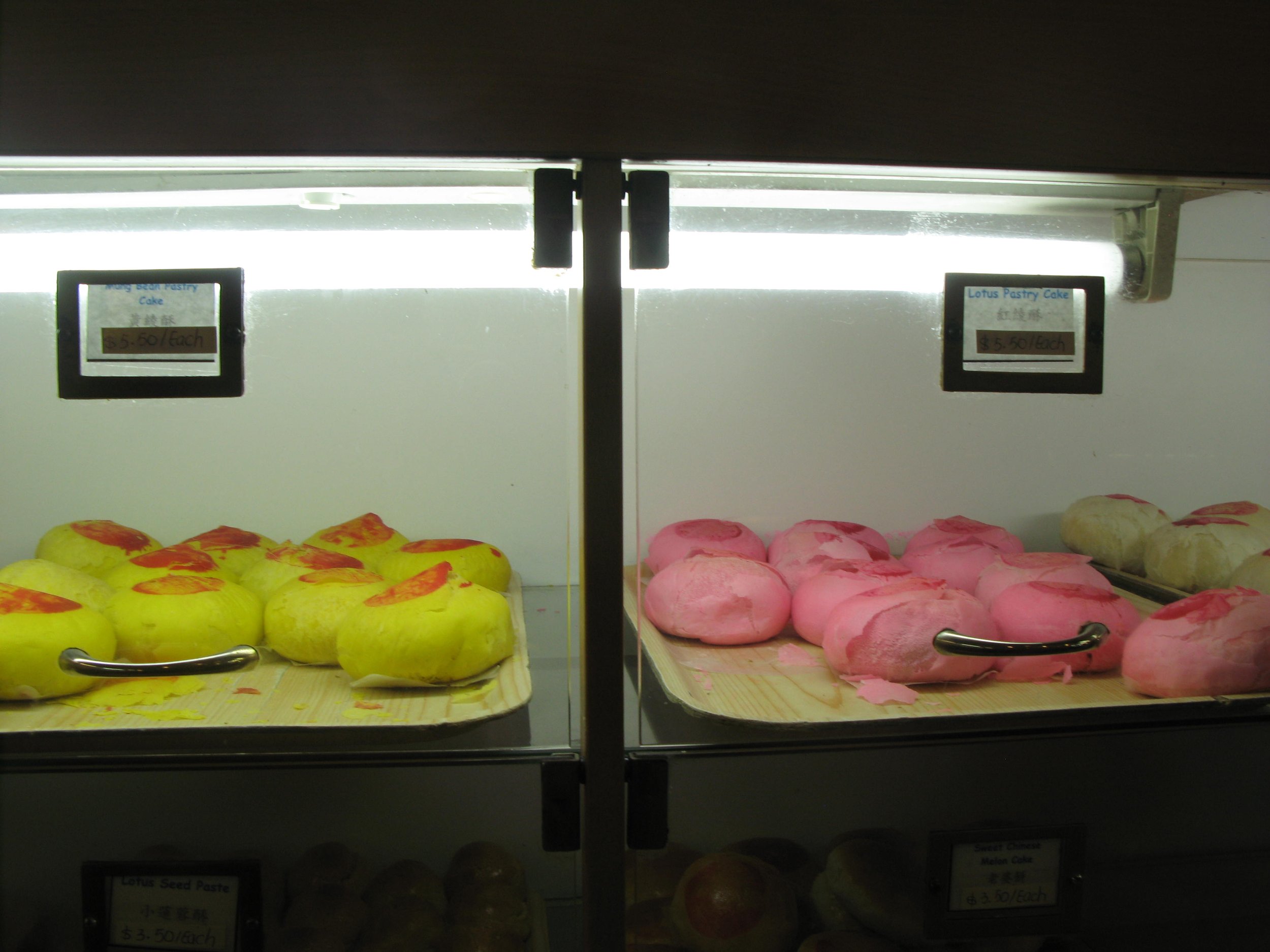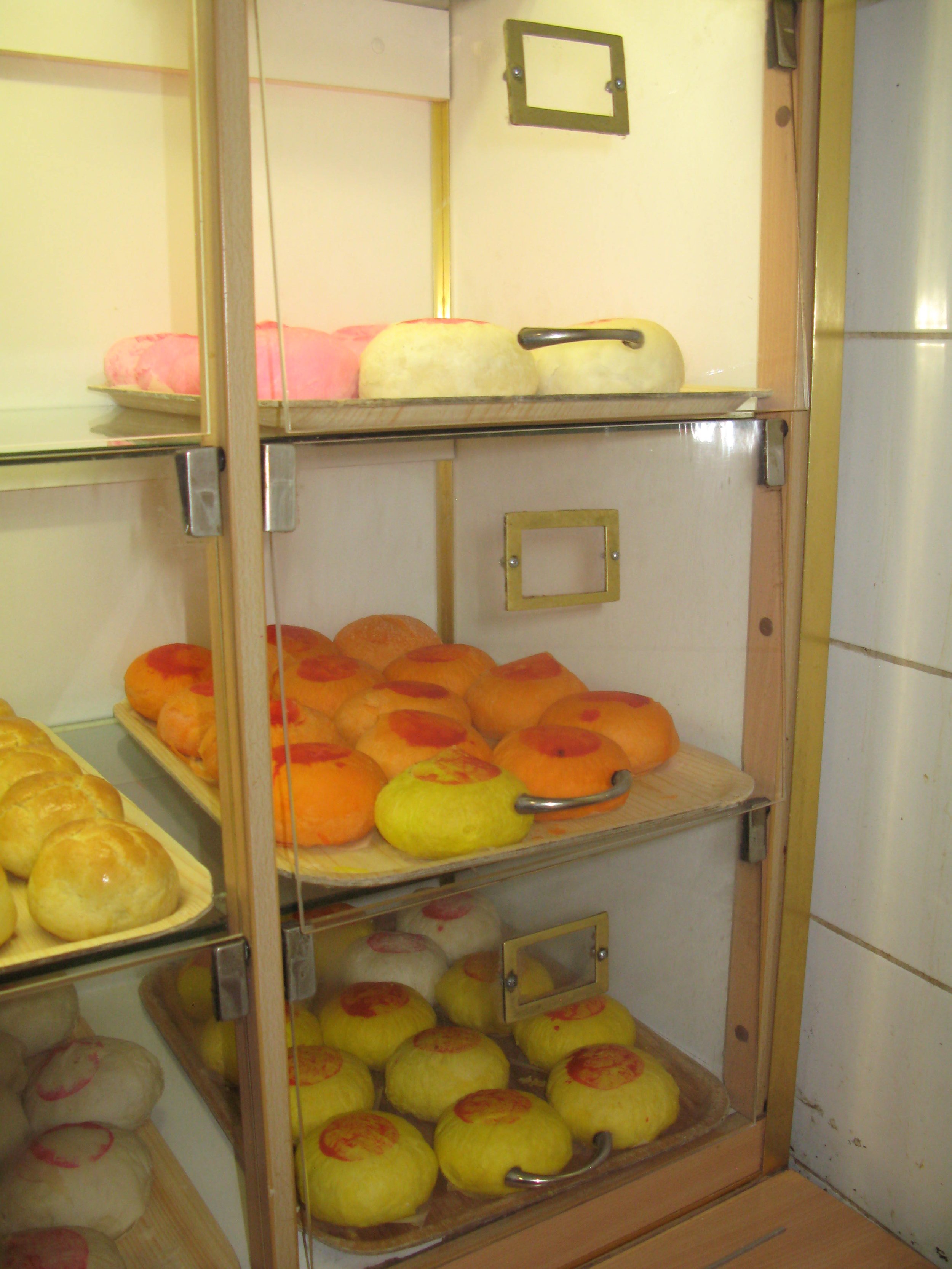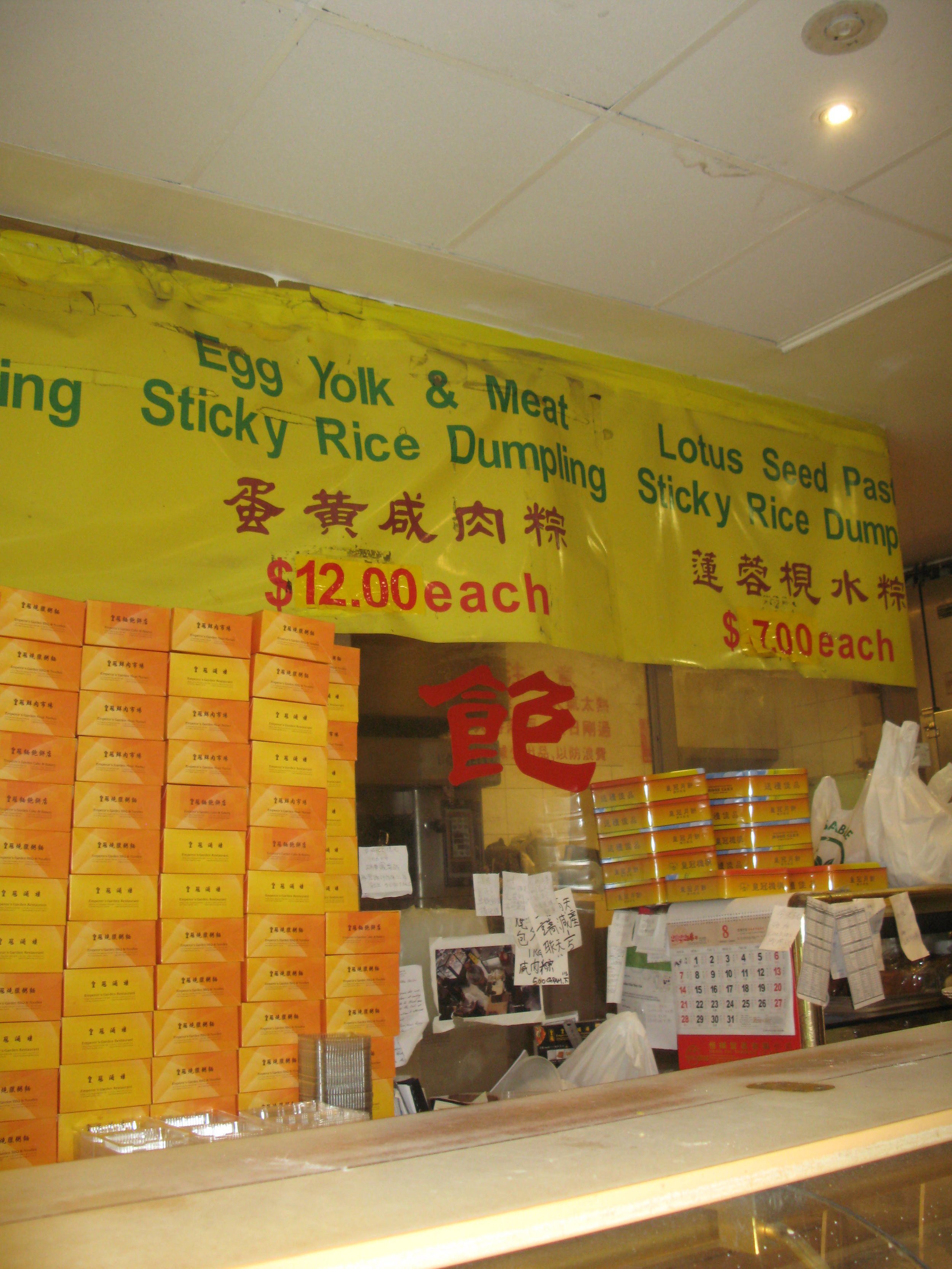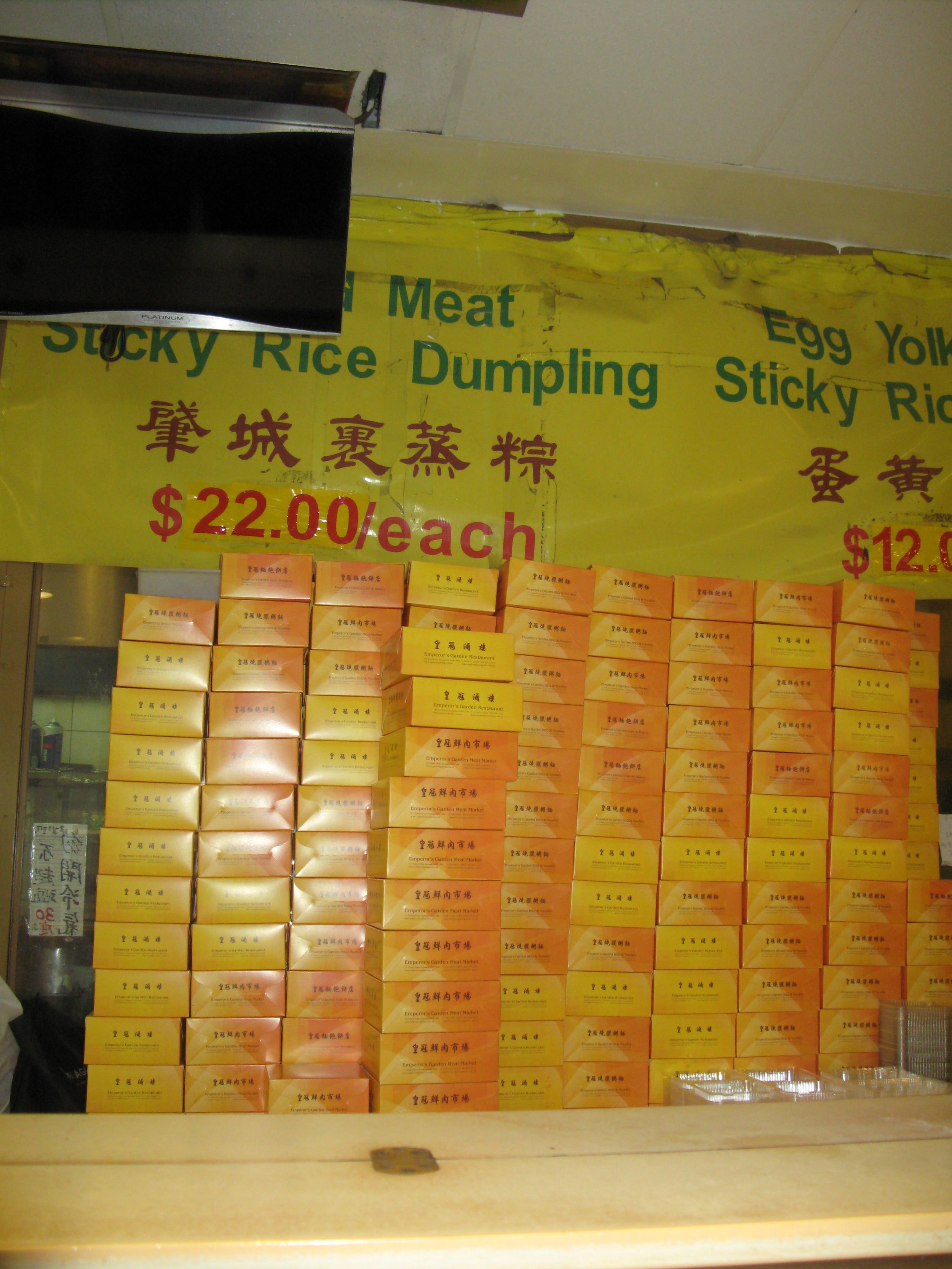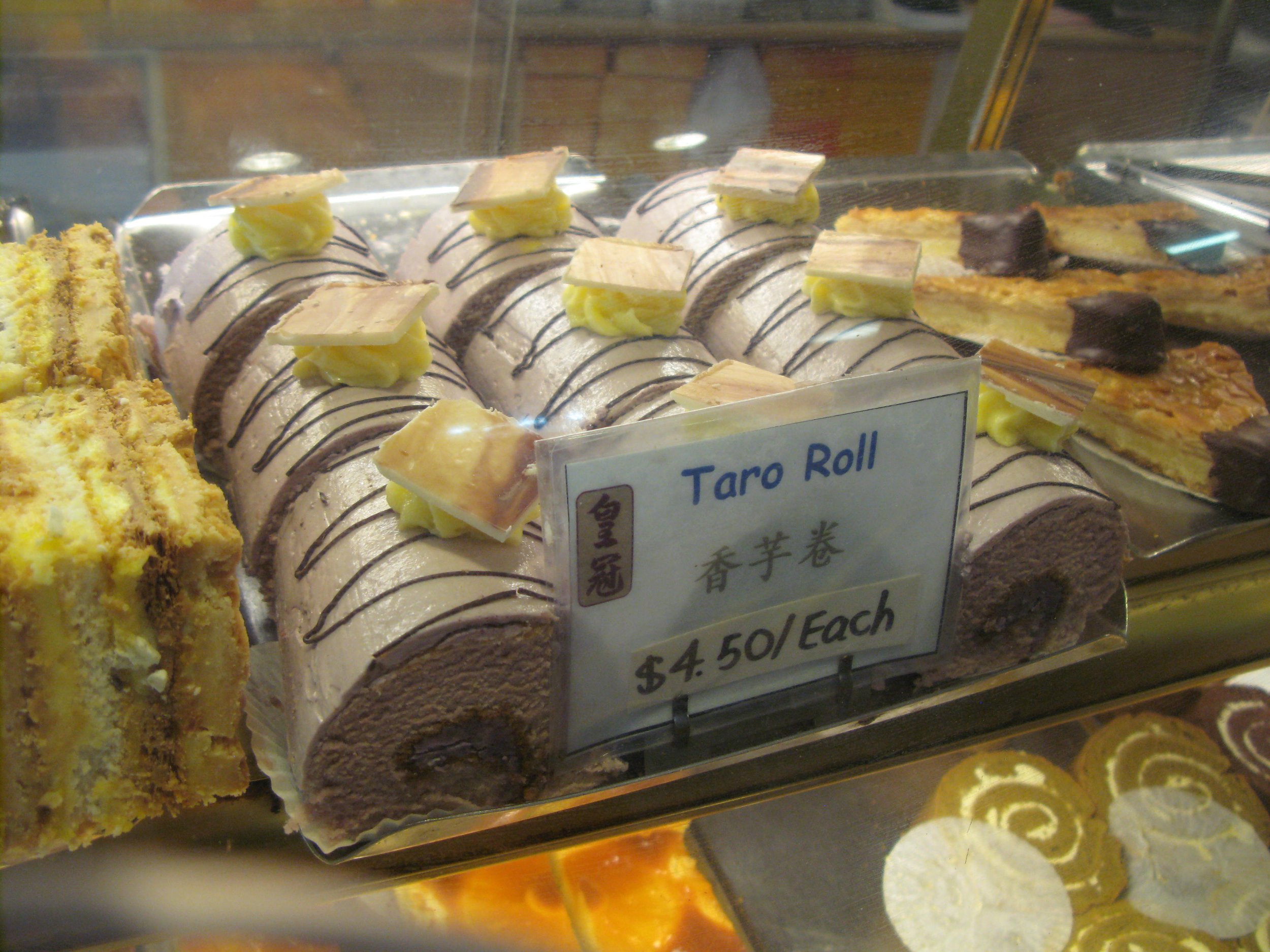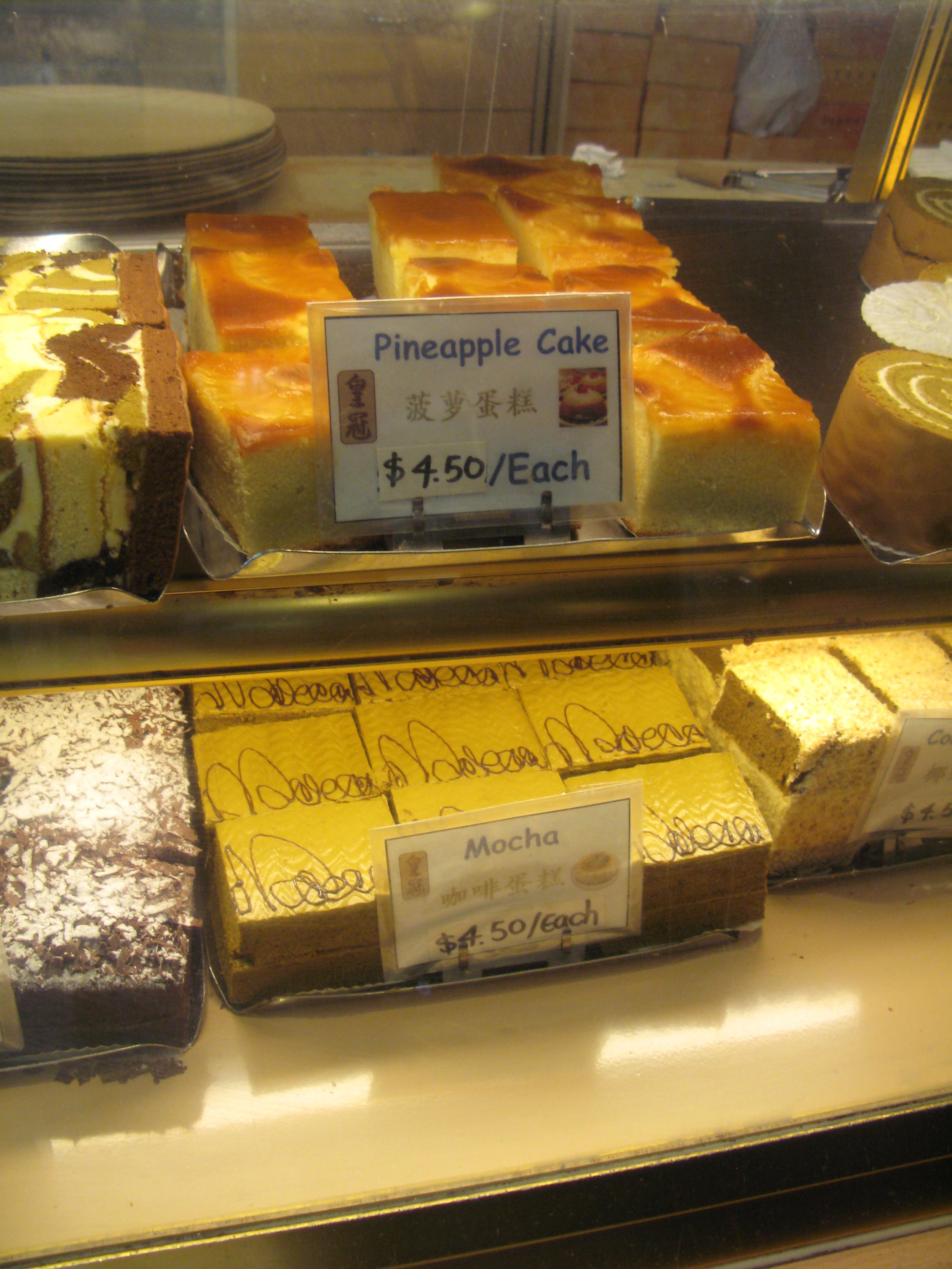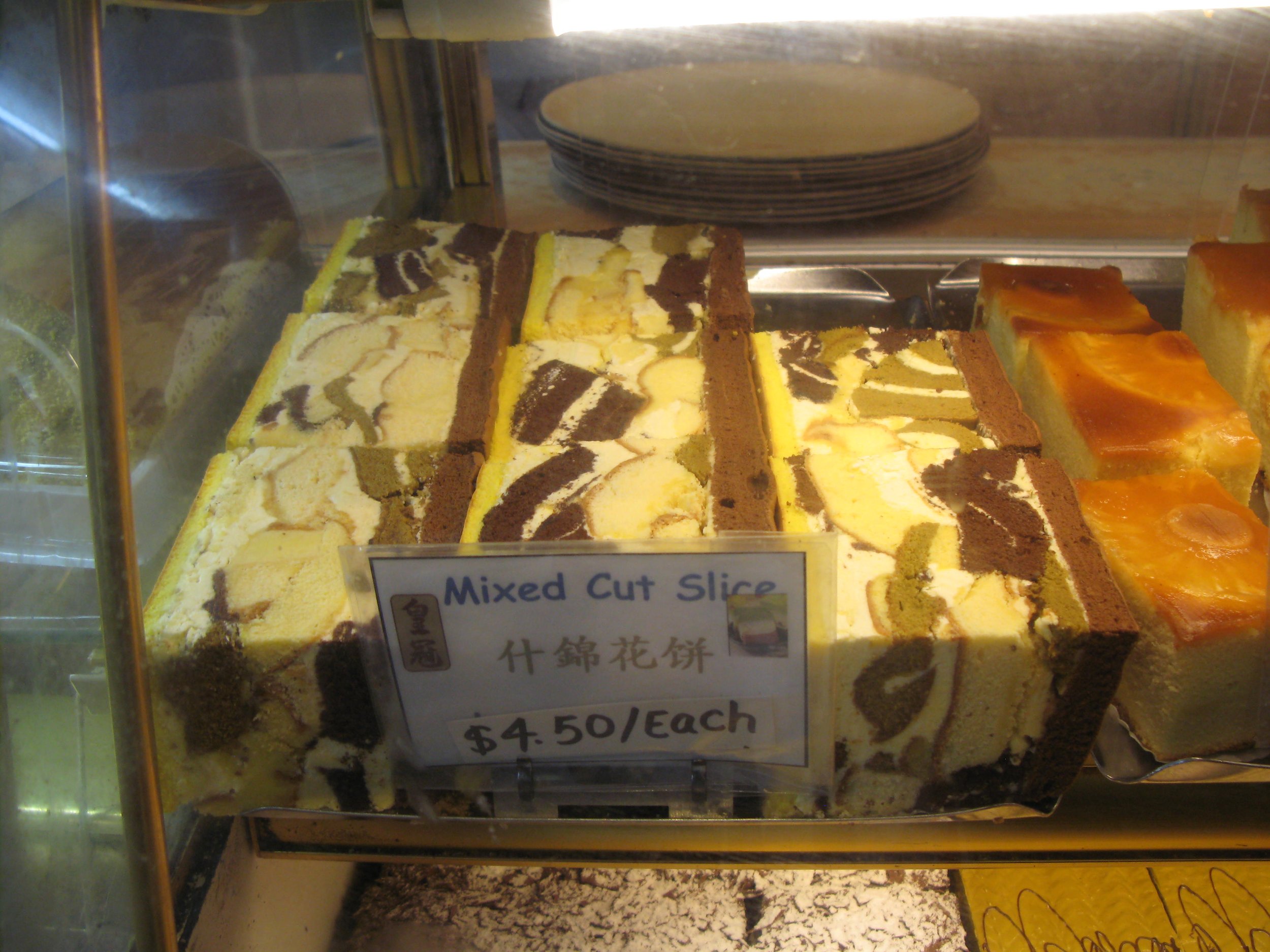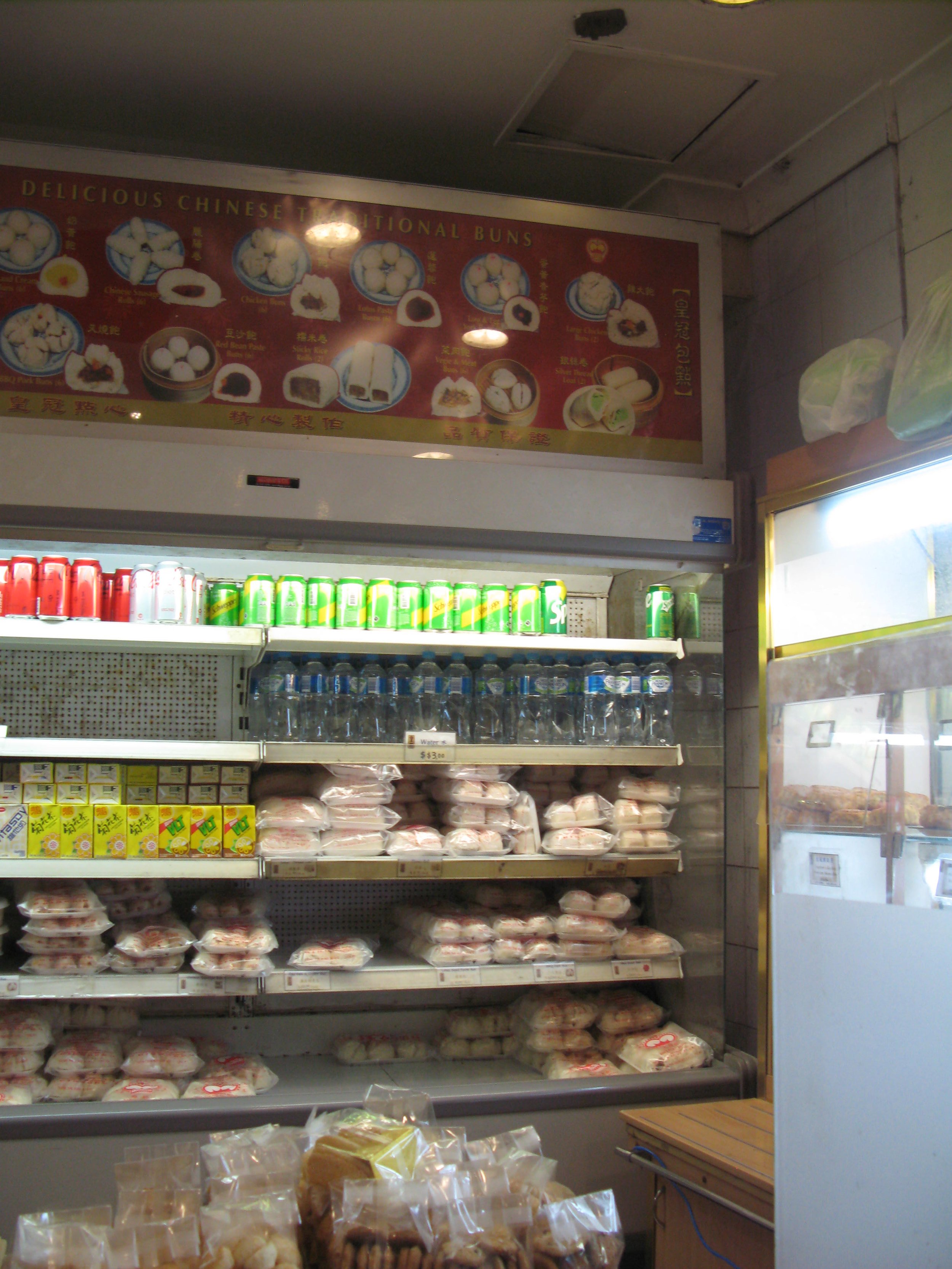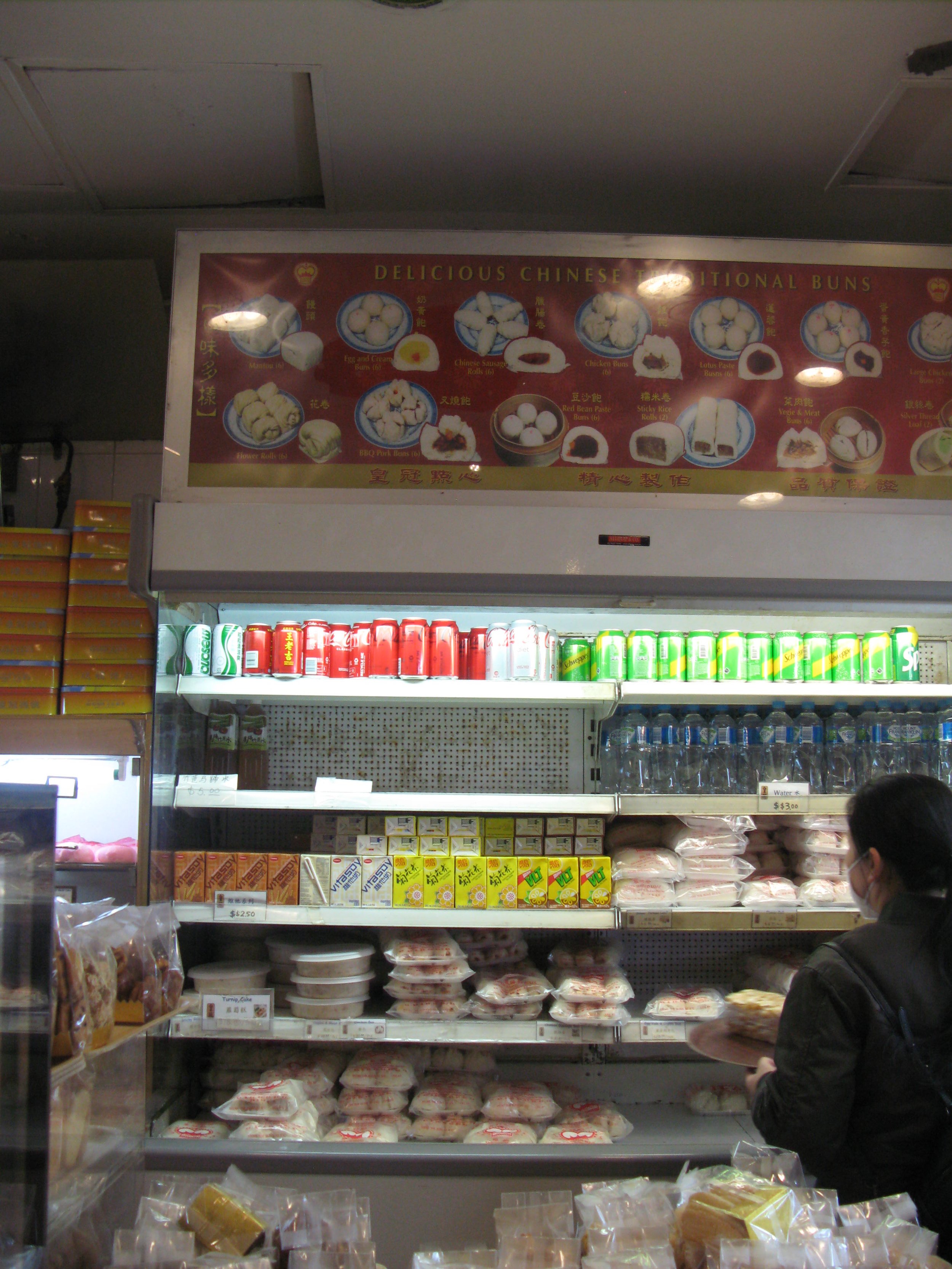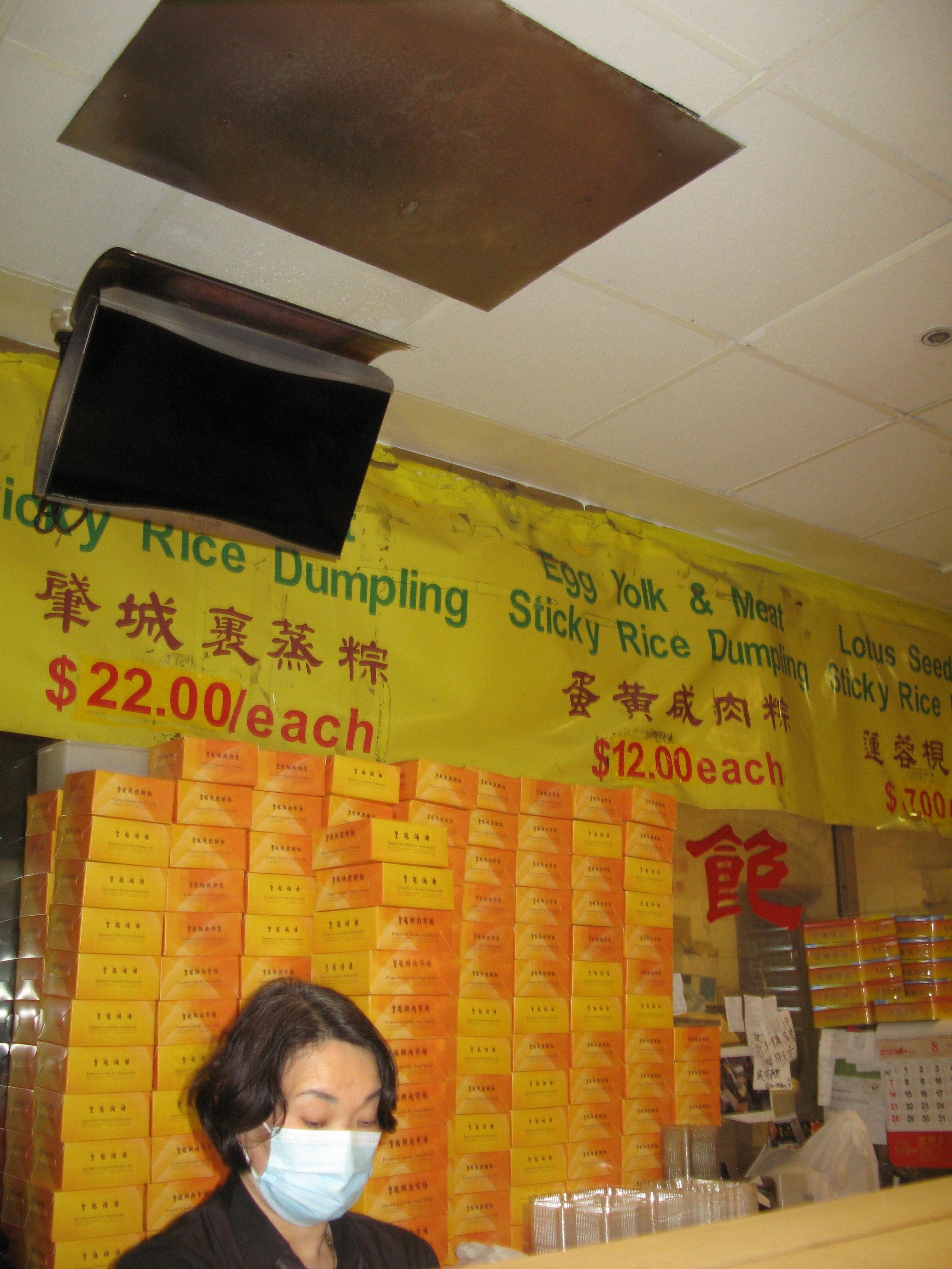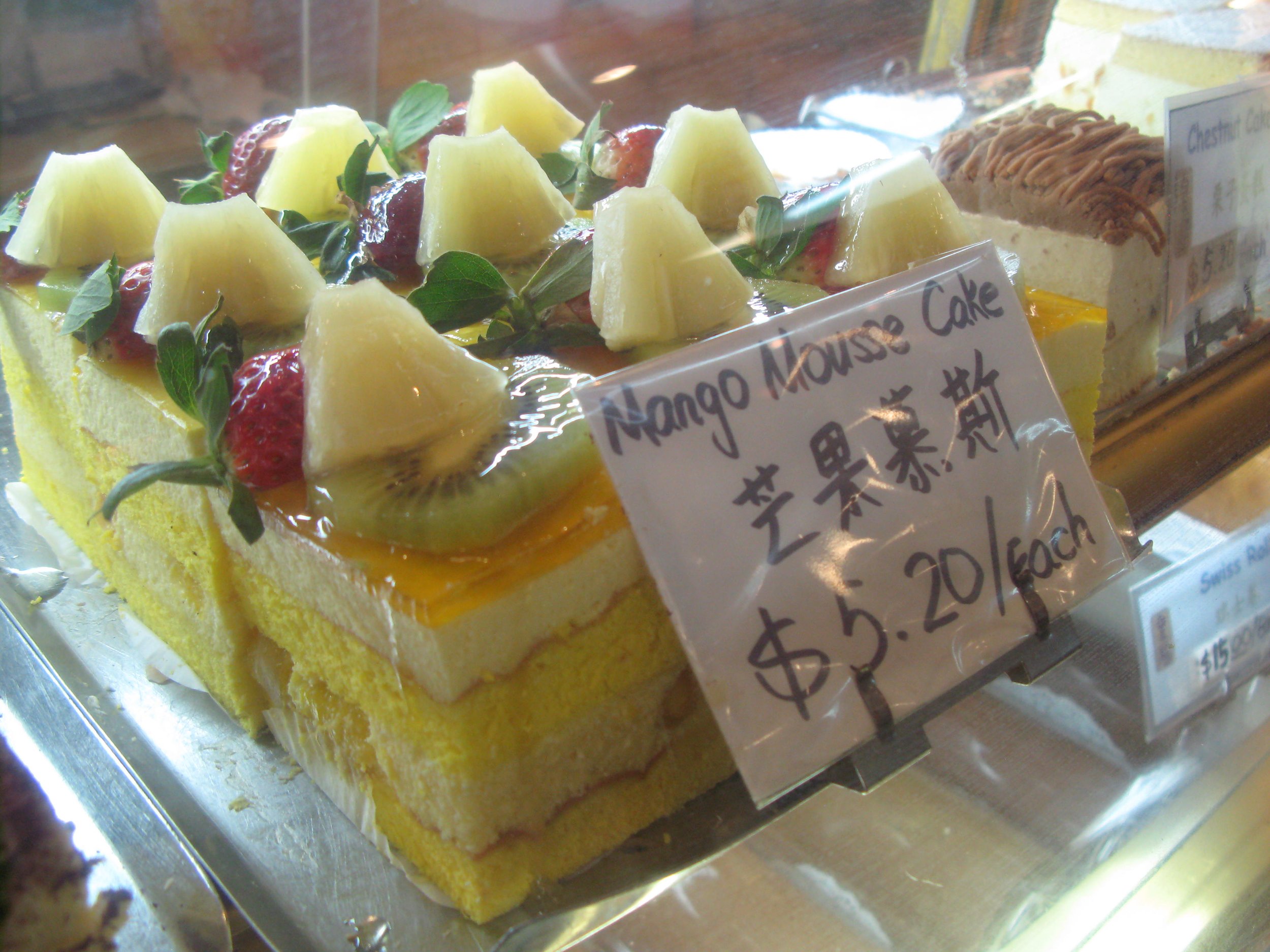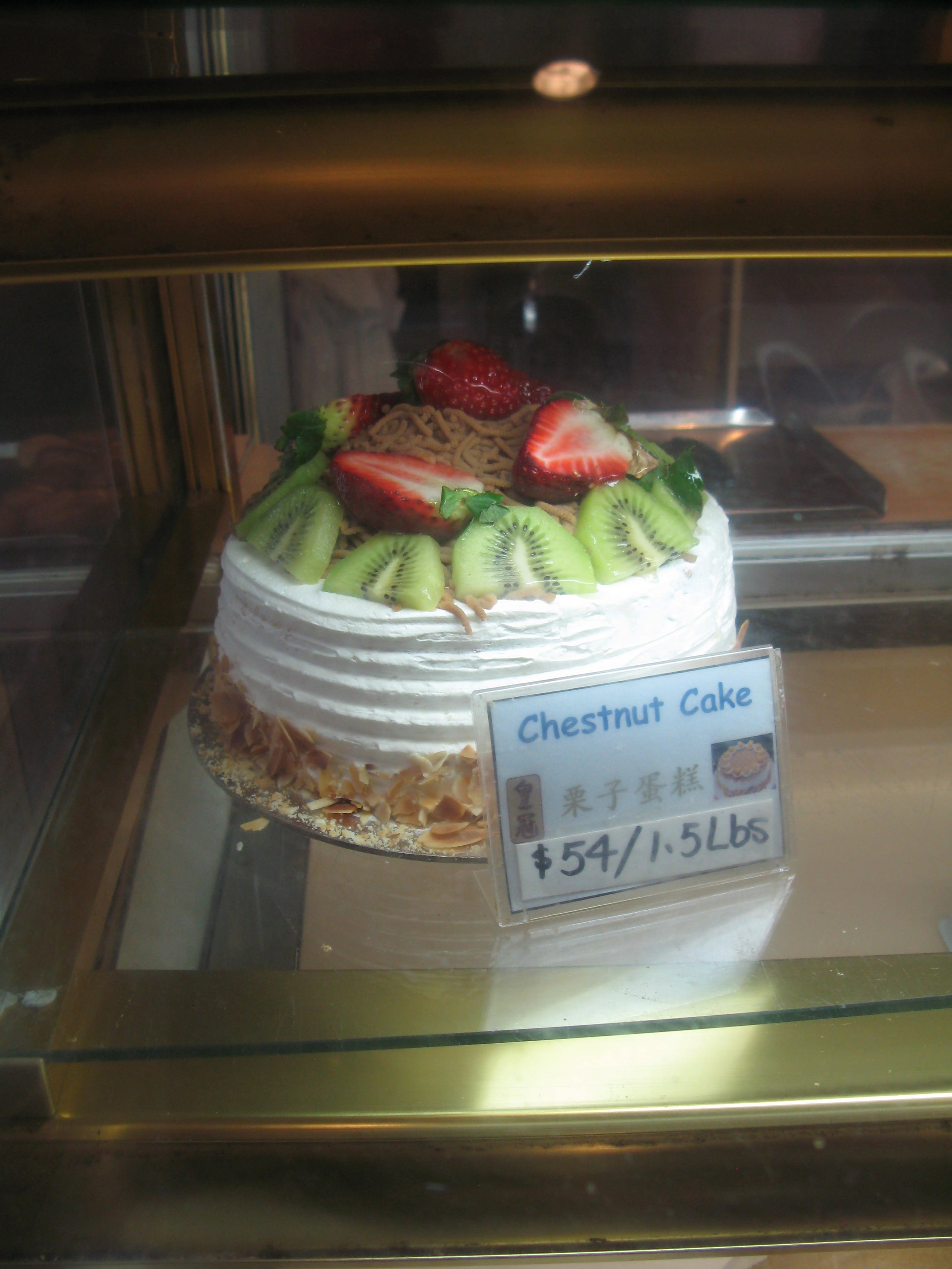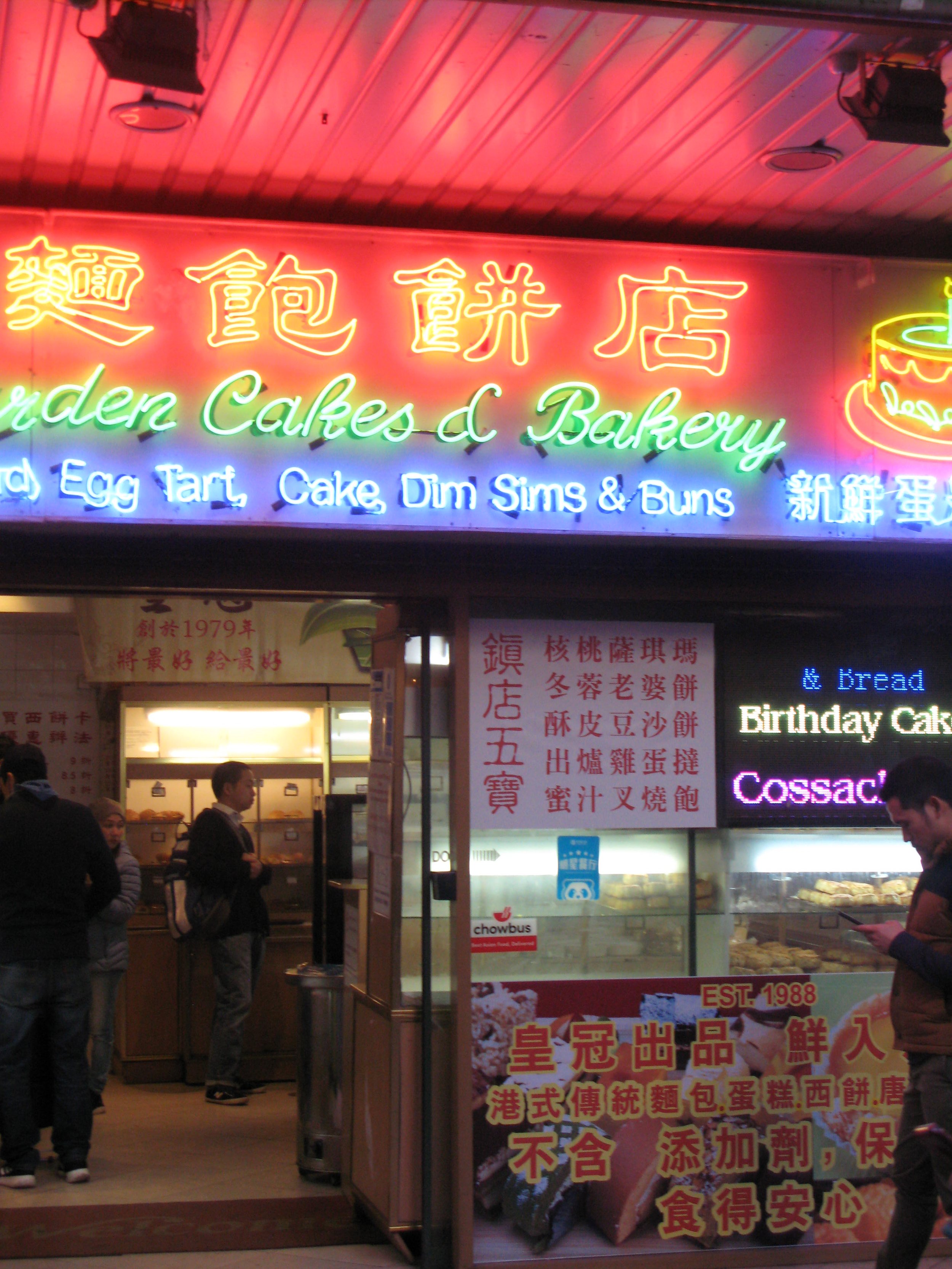The bun rises in the East
There is something unpretentious and humble about the Asian bakery.
Image Credit: Bonnie Huang and Rhea Thomas
In the Western culinary tradition, the pâtisseries, boulangeries, and viennoiseries of France are revered institutions. I think that Asian bakeries deserve to be lauded just as much.
My idea of pastry perfection involves a Hong Kong-style egg tart, its shiny golden custard forming a perfect puddle inside a buttery crust. Unlike the burnished Portuguese pastel de nata, a dan tat comes out a pale sunny yellow. It’s made with evaporated milk, an ingredient common across Hong Kong kitchens as a convenient source of dairy in a city without huge dairy farms, and which adds smoothness and creaminess to the eggy, wobbly custard filling.
European breads and pastries often prioritise crunch, crispiness, and decadence — flaky croissants, sturdy baguettes, or cream-filled eclairs and profiteroles. However, eating baked goods from an Asian bakery feels like sinking, gently, into softness and sweetness. Savoury buns provide the most interesting contrast. My favourite pork floss bun, for instance, comprises tufts of dried pork, like an intriguing, umami cotton candy, with kewpie mayo and seaweed atop a light, pillowy bun.
These baked goods have Western origins, but are decidedly grounded in Asian flavours, tastes, and techniques. Tracing their genealogy, and the subtle national differences between them, reveals a story of colonial roots and local invention. It’s a story of how different cultures adapt, negotiate, and evolve with what they have available.
Nowhere is that more apparent than in Hong Kong, which was ruled by the British for over 150 years. Traditional Cantonese food tends to be boiled, fried, or steamed, but British colonisation exposed Hong Kong to Western baked goods. Bakeries popped up from the 1930s, and they excelled at adapting Western breads to suit local tastes. For example, the pineapple bun (bo lo baau) — which actually tastes like a sugar cookie, not pineapple — is named for its crackly, mottled topping that looks like the tiled surface of the tropical fruit. The bo lo baau has become so ingrained in Hong Kong’s identity that it is now proudly on the city’s unofficial list of items of cultural heritage.
The origins of many buns are steeped in myth and mystery. The cocktail bun (gai mei baau) was apparently invented by a resourceful baker who ground up day-old buns with sugar and coconut to make a filling. Hong Kongers likened the eclectic mixture to a bartender’s cocktail (Gai mei baau literally translates, word-for-word, to “cock tail bun”, as in a rooster’s tail.) Meanwhile, a folk tale describes a destitute woman in China selling herself as a slave to pay for her father-in-law’s medicine; her husband, distraught, started making flaky pastries with a wintermelon and almond filling, and sold enough to buy his wife back. They’re now known as “wife cakes”: lau po bing.
In 16th century Japan, Portuguese merchants and missionaries controlled Nagasaki. They brought ‘quintessentially Japanese’ foods like tempura, and they also brought bread, and they also brought bread. Around 200 years later, the Meiji era ushered in Western influences in science, politics, and culture. Locals began incorporating wagashi (traditional Japanese sweets) to produce breads like anpan, an iconic sweet roll filled with red bean paste. Bakers in the Meiji era also developed techniques such as the yudane or tangzhong method: boiling water is mixed with bread flour, which gelatinises the starch to help it take in more water. Adding this roux to dough makes for astonishingly fluffier bread — like Japan’s premier bread, shokupan, producing a perfectly rectangular loaf that is sweet and milky.
The story of Asian bakeries is also the story of wheat. Taiwan’s first industrial flour mills were established during Japan’s occupation from 1895 to 1945. In the 1950s, the US was distributing wheat grain as aid in Taiwan and Korea; both now boast strong bakery and cafe cultures, serving local specialties like scallion buns in Taiwan and soboro-ppang (a bun topped with a peanutty streusel) in Korea. According to agricultural censuses, rice consumption has steadily decreased in Taiwan and Korea, while wheat consumption is on the rise.
From the 1970s onwards, Asian migrants began to settle in Western countries, thus spreading the gospel of Asian baked goods. Look at the hundreds of Vietnamese bakeries in Australia selling banh mi alongside vanilla slices from Vietnam’s history of French colonisation.
There is something unpretentious and humble about the Asian bakery. Perhaps it’s the do-it-yourself service, where you can grab bread with metal tongs, like prizes in a claw machine, until they spill over your beige plastic tray.
In Australia, you’ll find scores of stores with rows of freshly-baked egg tarts on sky-high trolleys; with treats like sausage buns, cocktail buns, and curry beef donuts beckoning from behind display cases; and a rainbow of flavoured Swiss rolls (taro, matcha, chocolate, coffee, durian) and bridal-white “not-too-sweet” fresh fruit and cream cakes in the fridge. But the journey of these foods, to Asian bakeries in suburban Sydney, shows how food remains an ever-interesting and reliable marker of cultural change and adaptation.


